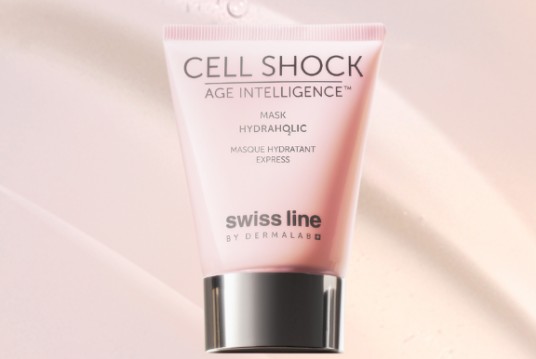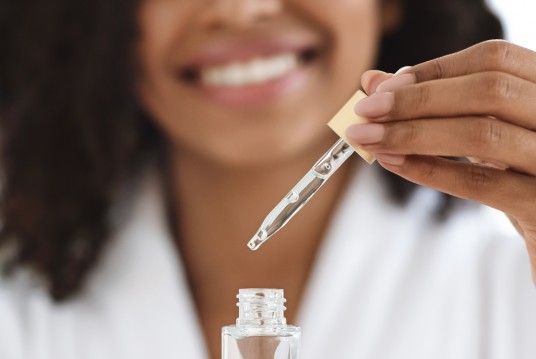(0)
FREE 3-5 DAY SHIPPING TO United States
No products
To be determined
Shipping
0.00 USD
Subtotal
Product added to your Cart
Qty
Subtotal
Your cart
Your cart
Total shipping
To be determined
Subtotal
BLOG
Follow our step-by-step guides and skincare how to's to understand your skin concerns and see how our products can help transform your skin.

Beauty in a Flash: Swissline's Newest Face Mask with Hyaluronic Acid
Our NEW super hydrating and oxygenating mask has true pick-me-up power. Lackluster and tired-looking skin will be invigorated in a cooling flash with our new face mask!
Read more

Menopause Awareness Month: Skin Changes During Menopause by Dr. Shahzadi Harper
During Menopause Awareness Month, Dr. Shahzadi Harper, an expert in Perimenopause and Menopause, educates us on the changes our bodies go through and how to mitigate these changes.
Read more

Interview with Joanna, Aesthetician and Founder of Skin Devotee Facial Studio
Joanna Kula is a Swissline partner based in Philadelphia, who started Skin Devotee Facial Studio. We talked about well-aging, her favorite Swissline product, mistakes her clients make, and more!
Read more

Celebrating 20 Years of Partnership with Swissline Vietnam
Swissline Brand Director Custodio D'Avo recently traveled to Vietnam to recognize our great partners in the country and celebrate our fruitful 20-year partnership.
Read more

7 Tips to Adapt Your Skincare in Your 30's and Beyond by Dr. Harper
Dr. Harper is a women's health and perimenopause expert based in London. As the skin ages in your 30s and beyond, she recommends the following 7 tips to embrace well-aging and look your best!
Read more

Swissline Interview with Spa Manager of Carlton Cannes, Julie Forthomme
Julie Forthomme is the Spa Manager of the newly reopened icon, the Carlton Cannes on the cote d’Azur. With over 10 years of experience, she is an expert in luxury hotels and leading spas in Europe.
Read more

SWISSLINE WINS A 2023 BEAUTY BIBLE AWARD IN THE EYE CATEGORY
Swissline is thrilled to have won, for the second year in a row, another Beauty Bible award in the very competitive eye category! Read on to learn more about this year's award.
Read more

SWISSLINE WINS A 2023 BEAUTY BIBLE AWARD IN MOISTURIZER CATEGORY
Swissline is thrilled to have won a Silver Beauty Bible award in this very important category of “Moisturizer Day” for Cell Shock Age Intelligence Youth-Inducing Cream.
Read more

Swissline x Formetta: Where Swiss Science & Beauty Meet
Two Swiss Collagen experts join forces to offer the best in beauty and well-aging health benefits with Formetta premium collagen supplements. Read more about this exciting partnership.
Read more

Coming Soon: Two Swiss Collagen Experts Join Forces
Two Swiss collagen experts join forces to offer the best in beauty and well-aging health benefits. Read more about the exciting partnership.
Read more
 Add signature gift box +
Add signature gift box +